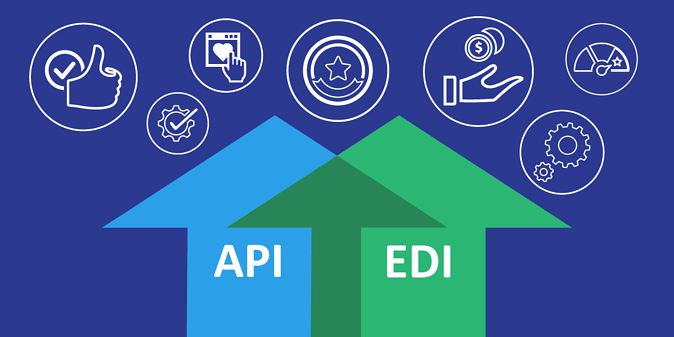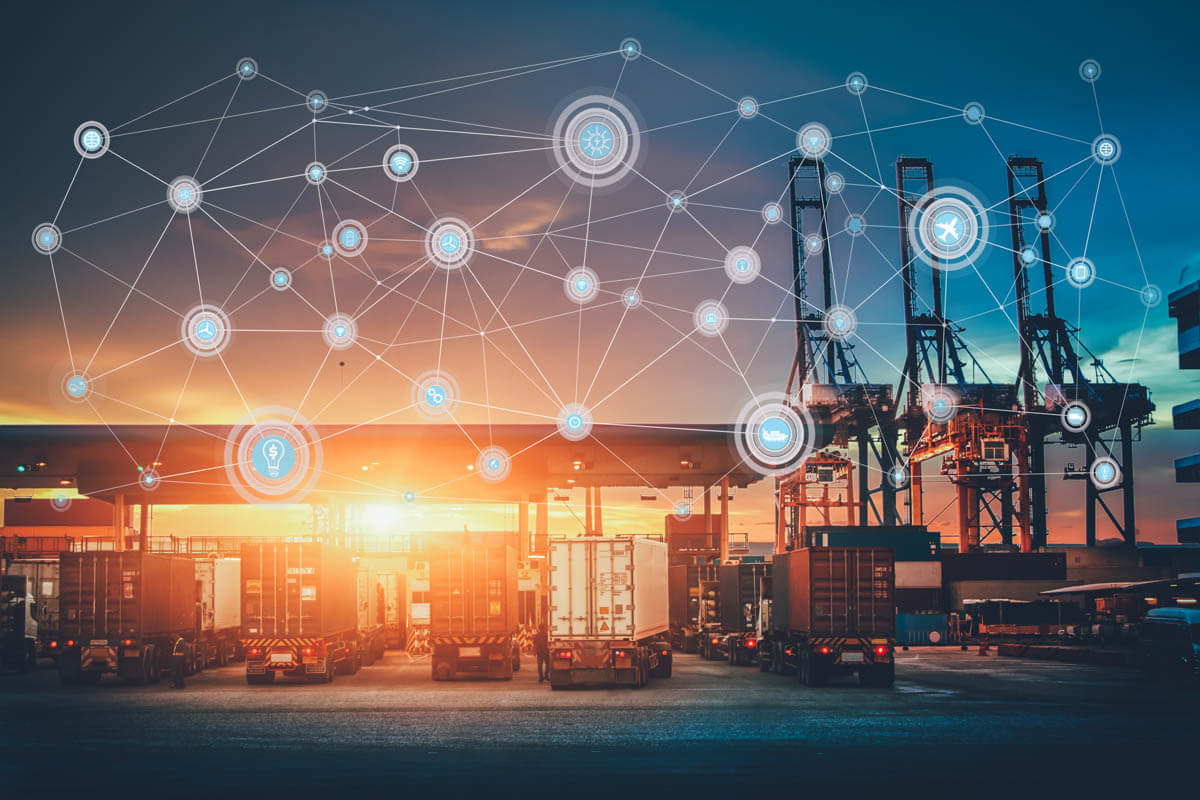Why APIs and EDI Are More Complementary Than Competitive
In the years since we posted this, the interest and number of questions about the relationship between APIs and EDI have grown. The challenge has changed as companies look to modernize capabilities and derive greater value and insight from all types of B2B interactions.
The points made back then are still valid; the two complement each other more than they compete. What has become more apparent is that business transformation projects need more flexible B2B integration solutions and faster results.
This requires rethinking of how managed file transfer and EDI capabilities are delivered and then merged with APIs and other enterprise integration capabilities.
An Analogy for APIs and EDI
I will use an analogy to make the case that speed, reliability, and flexibility are the ultimate goals. I find the US railroad and trucking industries’ history to be analogous to the API & EDI discussion.
The beginning of the 20th century was the “Golden Era” of US railroads. At that time, railroads employed more people than any other industry except agriculture and carried more freight than all other modes of transportation combined.
After World War I, trucks began to take on some of what had previously been shipped by rail. Still, the total amount of rail freight continued to grow. And by 1975, the annual rail freight total was 750 billion ton-miles which doubled to 1.5 trillion ton-miles by 2005.
But impressive growth is only part of the rail story. During the same period, efficiency improved considerably as the number of railroad employees went from the high of 533,000 to 228,000. When it comes to energy efficiency, rail leads all modes of transportation with an astounding 473 miles per gallon per ton.
But railroads are the ultimate point-to-point solution. It is not possible for every business to have its own railroad siding.
Trucks, on the other hand, have the flexibility to deliver smaller loads and respond faster to customer demands regardless of location. The flexibility trucks provided became the solution to rail’s “last mile” delivery challenge. Railroads also benefit by getting 25% of their revenue from carrying containers and trailers destined for trucks. Today, trucks carry 70% of total US freight, but they have not replaced freight carried by rail. It is the synergy and merging of the two that has allowed both to grow.
In our analogy, bulk EDI is the more rigid, point to point solution. Transport is most often via large files which must be managed. EDI is efficient at dealing with complex payloads transported in batches.
API’s, on the other hand, contain less data but process it in real-time and can connect almost any application to another. API’s are more flexible and are typically developed and tested much faster.
Growth Ahead
Going forward, both will grow, but the use of APIs for B2B interactions will grow faster.
We are seeing companies differentiate themselves from the competition by using APIs to create richer and more insightful customer interactions leading up to the actual exchange of business transaction data. Bulk EDI continues to make sense in cases where real-time interaction does not add value. The goal should be one consistent way of processing whether there are a million batch transactions or one API call done in real-time.
On the other hand, catalog searches and product information requests via APIs can reduce the need for certain EDI transactions. APIs can enable a redesigned shipment notification process in which data from GPS and sensors is aggregated to become part of a real-time supply chain capability.
Real-time API interactions combined with standardized event publishing capability can supplement or replace ETL for updating real-time operational data and data warehouses. Hybrid integration and events becomes the enabler of machine learning and artificial intelligence capabilities built into today’s Transportation and Warehouse Management packages.
Synergies Enable Innovation and Growth
I would like to go back to our analogy and the period of explosive growth between 1975 and 2005. One of the reasons for so much growth at that time was the adoption of intermodal and multimodal transportation. Railroads and the trucking industry modified their infrastructures, developed standards and new processes to create a hybrid transportation system capable of carrying containers and trailers on railcars. Both grew and as a result, so did the logistics and overnight shipping industries.
Hybrid integration growth requires its own standards and procedures implemented on a redesigned infrastructure. At Eliassen Group, we have an evolving design and a set of capabilities that can provide companies with hybrid B2B integration capabilities that deliver the speed, flexibility, visibility, and efficiency businesses require in order to grow.
If your organization is evaluating when to use APIs vs EDI for critical transactions and use cases, feel free to reach out to our team for guidance. With extensive experience with both technologies, we can help you develop and implement the right approach for your needs and goals.



